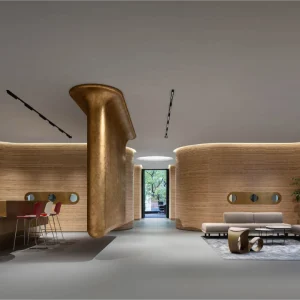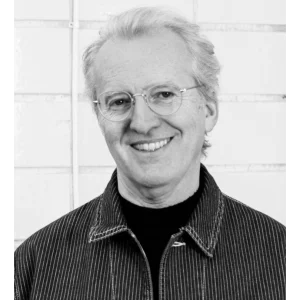Five northern Queensland firms have been shortlisted in James Cook University’s search for an architect to design the new building of The Cairns Institute. Finally the concept design by global architectural practice Woods Bagot and UK-based RPA Architects has been selected.
The new Cairns Institute, situated on the James Cook University (JCU) Cairns campus, has been conceived as a landmark tropical building that embraces its place. The proposal integrates landscape into its very heart and uses landscape as its central theme. The facade is layered and evolutionary, and the building is blurred into the landscape itself. The building is pulled apart and green landscape is drawn in, creating four interstitial entry / breakout spaces that can be occupied and used in a variety of ways throughout the year.
An evolving landscape skin known as a ‘trellis’ helps in defining the building. The public component of the Cairns building proposed by Woods Bagot and RPA Architects is porous and interesting, and the forms and materials are deliberately memorable. The exhibition space is defined by randomly placed columns, randomly sloping – much like a forest. The auditorium is placed on the first floor. Each floor features a multiuse seminar pod.
Analogous to a tree canopy within a tropical rainforest, the spatial experience is multidirectional and evolutionary. Research and collaboration is therefore within a tree canopy.
A ‘knowledge Xchange space’ stitches the private and public components of the building together. The Xchange balcony is accessed via a wide and generous spiral staircase. The Xchange contains a variety of meeting spaces: American diner booths, an Info Bar, a Park Bench, and a Banquette Seat.
Integrated with a host of sustainable features, the new building is targeting to achieve a Greenstar 5 rating. The $25 million purpose-built complex will be significantly funded by a Federal Government grant of $19.5 million and construction is on track to commence in 2011.
Established in 2009, The Cairns Institute brings together the expertise and intellectual resources of more than 20 academic disciplines, creating a uniquely robust and relevant research, consulting, training and teaching hub for Northern Australia, South and South-East Asia and the Pacific.





